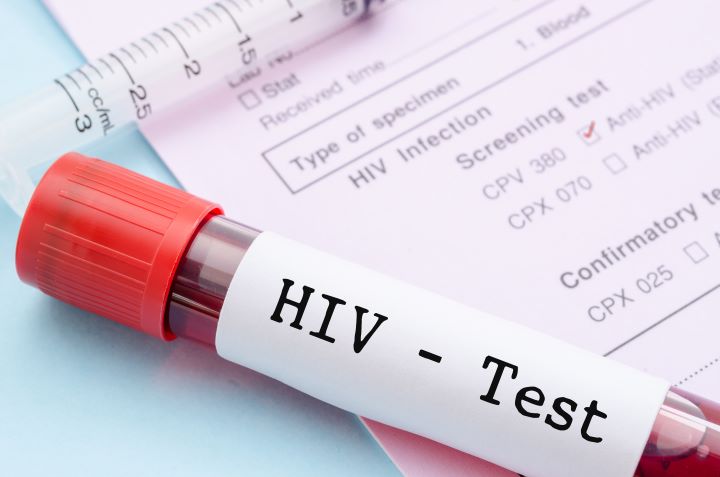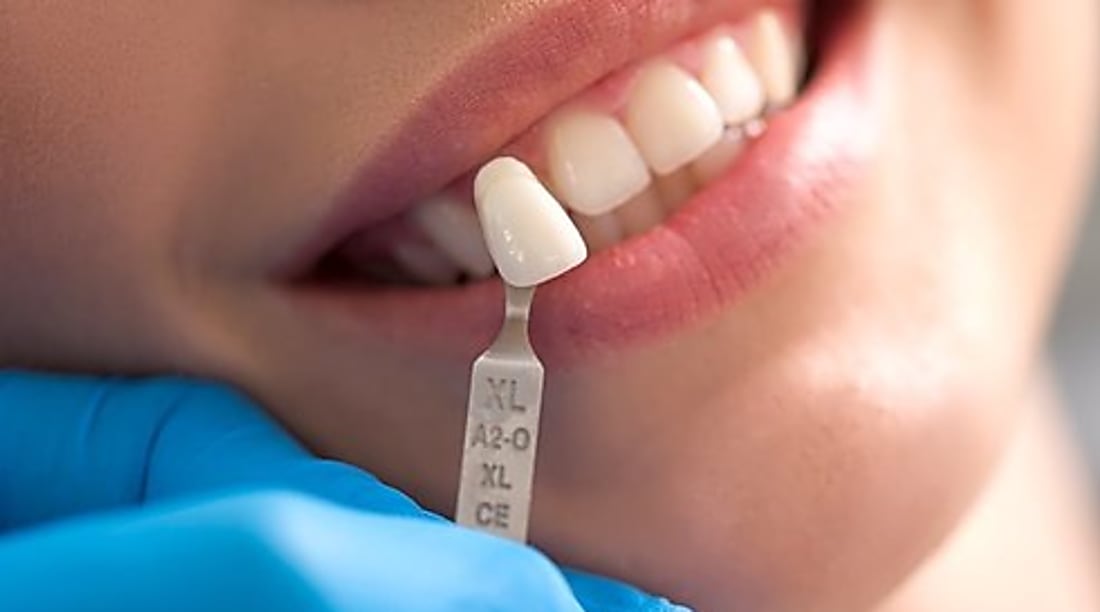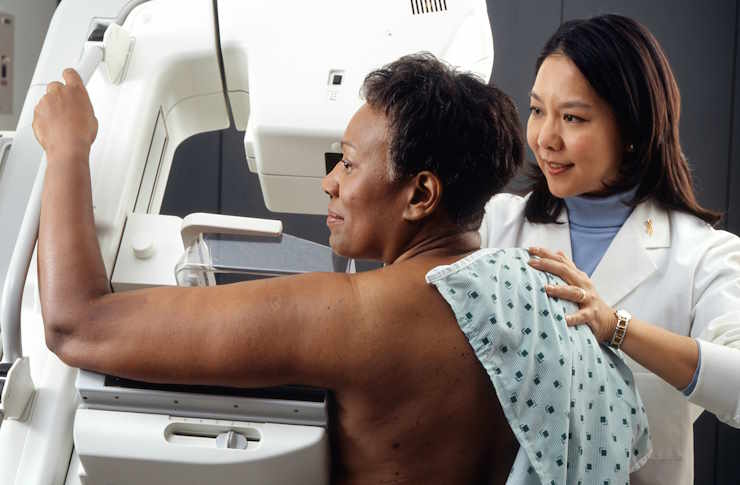Crohn's Disease: Understanding Symptoms and Treatment Options
Crohn's disease is a chronic inflammatory bowel disease that affects millions of Americans, causing inflammation throughout the digestive tract. This complex condition can significantly impact quality of life, but understanding its symptoms, causes, and available treatment options empowers patients to work effectively with healthcare providers. Modern medical advances continue to improve management strategies, offering hope for better outcomes and symptom control in 2025 and beyond.

What Causes Crohn’s Disease and What Signs Should Patients Recognize
Crohn’s disease develops from a combination of genetic predisposition, immune system dysfunction, and environmental factors. While researchers have identified over 200 genetic variations associated with increased risk, having these genes doesn’t guarantee disease development. The immune system mistakenly attacks healthy intestinal tissue, creating chronic inflammation that can affect any part of the gastrointestinal tract from mouth to anus.
Common signs include persistent diarrhea, abdominal pain and cramping, blood in stool, weight loss, and fatigue. Unlike ulcerative colitis, Crohn’s creates patchy inflammation that can skip sections of the intestine, making diagnosis more complex. Patients may also experience fever, reduced appetite, and perianal complications such as fissures or fistulas.
Key Symptoms and Triggers That Affect Daily Management
Managing Crohn’s disease requires understanding personal symptom patterns and identifying specific triggers. Stress, certain foods, smoking, and nonsteroidal anti-inflammatory drugs can worsen symptoms. Many patients find that high-fiber foods, dairy products, spicy foods, or alcohol trigger flare-ups, though triggers vary significantly between individuals.
Symptoms often fluctuate between active flares and remission periods. During flares, patients may experience severe abdominal cramping, urgent bowel movements, joint pain, skin problems, and eye inflammation. Keeping a detailed symptom diary helps identify patterns and allows healthcare providers to adjust treatment plans accordingly.
Modern Treatment Approaches and Care Options Available
Treatment strategies focus on reducing inflammation, managing symptoms, and preventing complications. Medications form the cornerstone of Crohn’s management, including aminosalicylates for mild symptoms, corticosteroids for acute flares, and immunomodulators for long-term control. Biologic therapies, such as anti-TNF agents and integrin inhibitors, target specific inflammatory pathways and have revolutionized treatment outcomes.
Lifestyle modifications complement medical treatment effectively. Nutritional therapy, including exclusive enteral nutrition or specific dietary approaches, can help manage symptoms and promote healing. Regular exercise, stress management techniques, and adequate sleep support overall health and may reduce inflammation.
Surgical Interventions and When They Become Necessary
Approximately 70% of Crohn’s patients eventually require surgery, though newer medications are reducing this percentage. Surgery becomes necessary when medications fail to control symptoms, complications develop, or quality of life severely deteriorates. Common procedures include stricturoplasty to widen narrowed intestinal sections, resection to remove severely damaged tissue, and drainage of abscesses or repair of fistulas.
Minimally invasive laparoscopic techniques reduce recovery time and surgical complications. However, surgery doesn’t cure Crohn’s disease, and inflammation often recurs near surgical sites. Post-surgical medication therapy helps prevent recurrence and maintain remission.
Treatment Costs and Insurance Considerations
Treatment expenses vary significantly based on disease severity and chosen therapies. Basic medications like aminosalicylates cost approximately $100-300 monthly, while advanced biologic therapies range from $3,000-8,000 per month without insurance coverage. Most insurance plans cover Crohn’s treatments, though prior authorization requirements and step therapy protocols may apply.
| Treatment Type | Monthly Cost Range | Insurance Coverage | Patient Assistance |
|---|---|---|---|
| Aminosalicylates | $100-300 | Generally covered | Generic options available |
| Immunomodulators | $200-500 | Usually covered | Patient assistance programs |
| Biologic therapies | $3,000-8,000 | Coverage varies | Manufacturer copay cards |
| Surgery | $15,000-50,000 | Typically covered | Hospital financial assistance |
Prices, rates, or cost estimates mentioned in this article are based on the latest available information but may change over time. Independent research is advised before making financial decisions.
What Patients Can Expect Moving Forward
The outlook for Crohn’s disease management continues improving with advancing research and treatment options. Personalized medicine approaches, including genetic testing and biomarker analysis, help predict treatment responses and optimize therapy selection. Newer medications targeting different inflammatory pathways offer options for patients who don’t respond to current treatments.
Early diagnosis and aggressive treatment help prevent complications and improve long-term outcomes. Patients working closely with gastroenterology specialists, maintaining regular monitoring, and staying informed about treatment advances typically achieve better disease control and quality of life.
Living with Crohn’s disease requires ongoing commitment to treatment adherence and lifestyle management. While the condition presents challenges, many patients lead fulfilling lives with proper medical care and support systems. Understanding available resources, maintaining open communication with healthcare providers, and staying educated about the condition empowers patients to take active roles in their care and achieve optimal outcomes.
This article is for informational purposes only and should not be considered medical advice. Please consult a qualified healthcare professional for personalized guidance and treatment.




